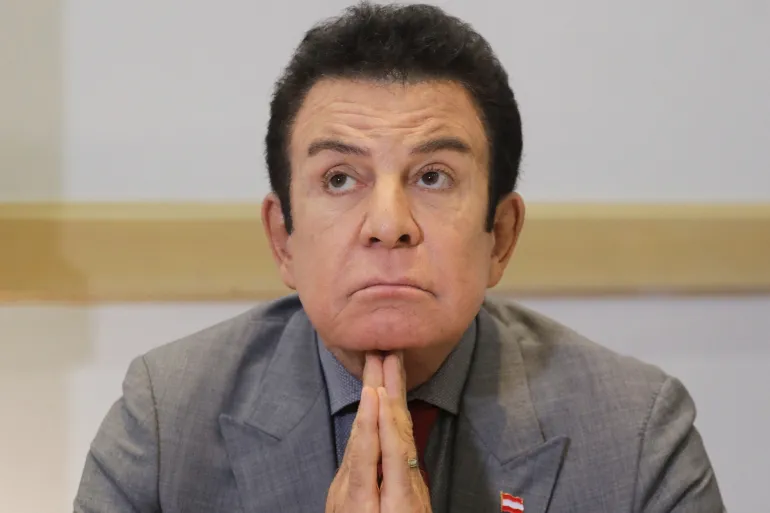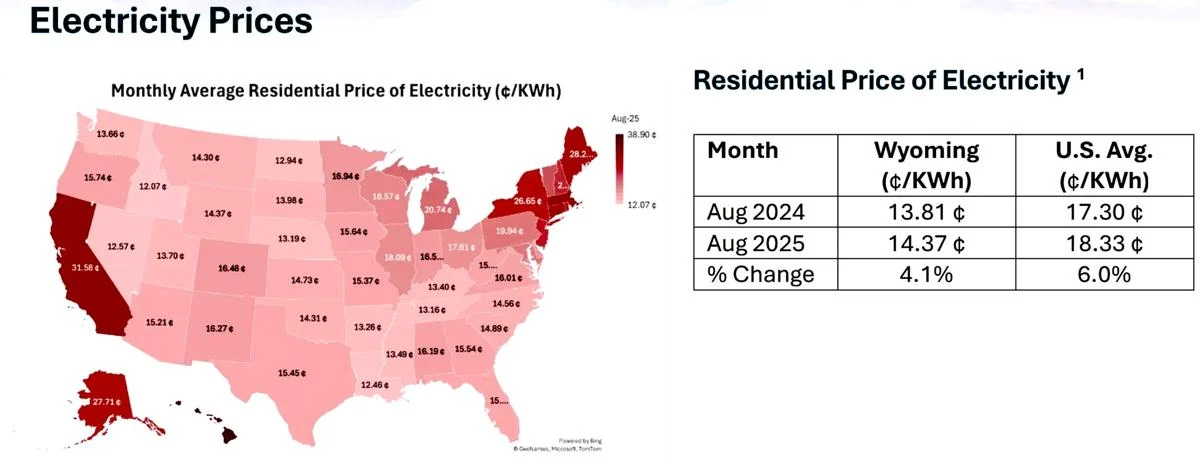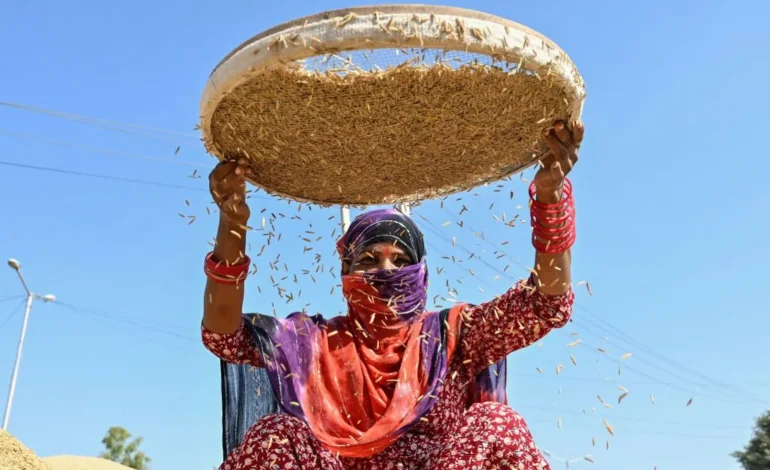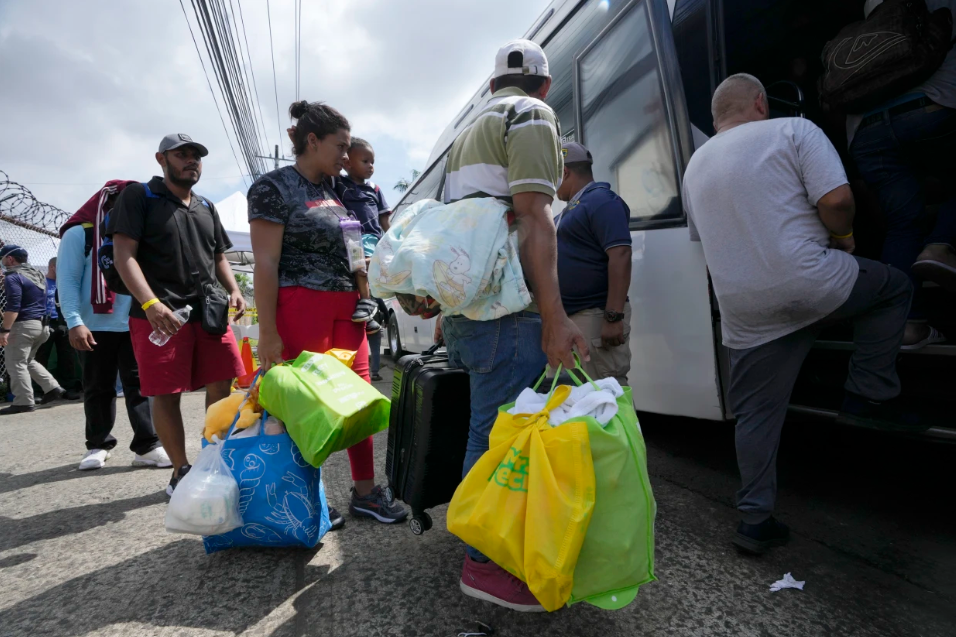The Trump administration has publicly highlighted India’s high tariffs on American agricultural goods, adding pressure on the South Asian nation to further reduce trade barriers in its sensitive agricultural sector, Bloomberg reports.
The move comes just days before the US is set to implement its reciprocal tariffs.
White House Press Secretary Karoline Leavitt pointed to India’s 100% tariff on some American agricultural products as an example of unfair trade practices. She also cited tariff rates from the European Union, Japan, and Canada, indicating these regions are potential targets of the upcoming US levies. Leavitt stated that these high tariffs make it “virtually impossible for American products to be imported into these markets.”
This statement precedes the planned unveiling of President Trump’s reciprocal tariffs on April 2, an announcement that has sparked concern among policymakers globally.
A recent US Trade Representative (USTR) report on foreign trade barriers echoed the White House’s concerns, highlighting India’s high levy structure, including an average tariff of 39% on agricultural products, significantly higher than the 5% average applied by the United States. The report specifically noted high tariffs on goods such as vegetable oils, apples, corn, coffee, raisins, and walnuts.
The USTR report also cited non-tariff barriers like import bans and licensing requirements in certain sectors.
While agriculture remains a politically sensitive issue in India, particularly after recent protests by farmers demanding a suspension of free trade agreements, the Indian government is reportedly reviewing some of the US’s demands. Potential concessions under consideration include lower duties on pecans, pulses, non-genetically modified soybeans, and dried distilled grains soluble (DDGS), a byproduct of ethanol production used in animal feed.
India has already taken steps to reduce import taxes on various goods, including bourbon whiskey and high-end motorcycles like those manufactured by Harley Davidson Inc. Both countries are aiming to finalize a broader trade agreement around October or November.










The latest news in your social feeds
Subscribe to our social media platforms to stay tuned